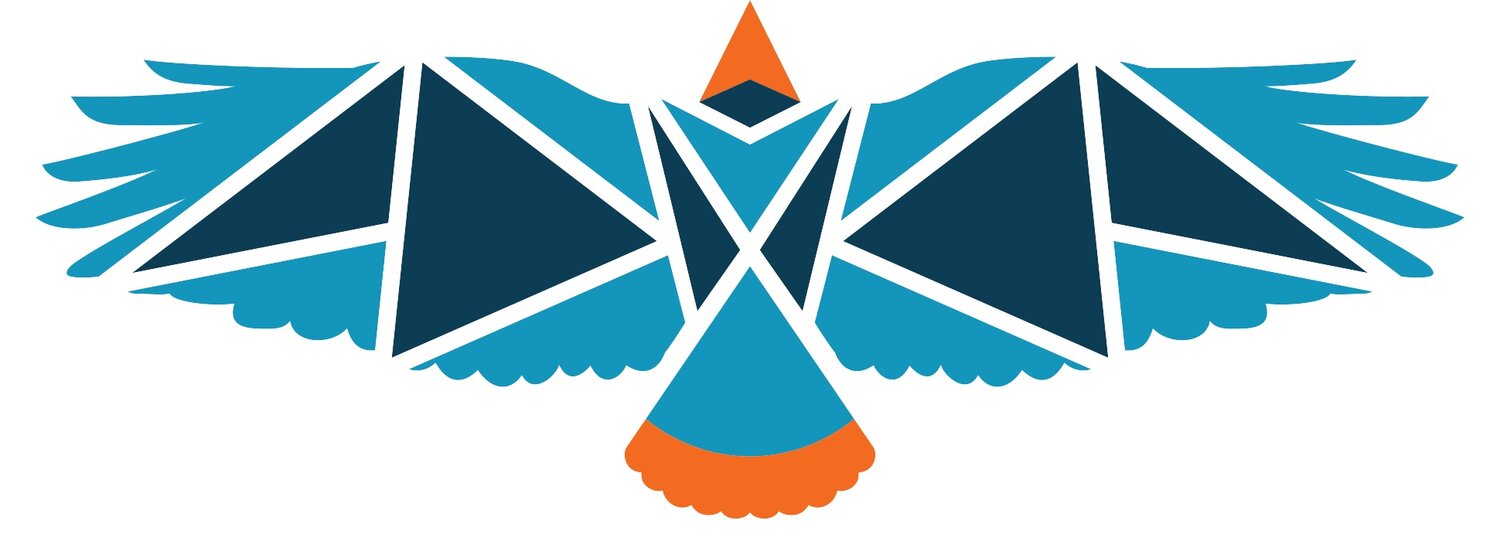Our Services & Process
-
Our team is FDM certified, a deep, intense soft tissue technique focused on restoring range of motion and encouraging healing through bringing blood flow to the area and reducing scar tissue from injured tissues.
-
A technique in which specific pressure is utilized to target restricted areas of the muscle and soft tissues followed by active range of motion to isolate a stretch and reduce muscular limitations and tension.
-
A technique in which focal pressure is applied to trigger points or “knots” in the tissue to restore blood flow and reduce pain in the region.
-
A technique in which a tool is used to gently scrape along tissue bringing blood flow to the area and reducing adhesions.
-
This is a technique in which “cups” are used to draw blood flow to the surface of a region. We also often utilize sliding cupping in which the cup is dragged along specific muscles or fascial connections to help decompress tissue and reduce adhesions w/out intense pressure.
-
PNF (Proprioceptive Neuormuscular Facilitation): This is a technique that utilizes engaging and relaxing muscles through their full range of motion to promote improved flexibility and joint mobility.
-
A technique in which joints are gently stretched through their range of motion often with manual traction to improve joint mobility and encourage the production of synovial fluid (joint lubrication) for reduced pain and restored mobility
-
A technique in which joints are taken through their full range of motion with a quick, shallow thrust to restore joint mobility, reduce pain and encourage improved lubrication of the affected joint.
-
Tape is utilized to provide a sense of reinforced stability and relief to injured areas without bracing or limiting range of motion. It is also often helpful as a postural tool to help encourage engagement of specific muscles.
-
Quality of movement requires stability. When we’ve been injured, other muscles of the body begin to “help out” in order to take pressure off the injured area. At first this is good, however as we heal we need to re-engage normal movement and stabilizers. When this fails to happen we fall into the cliche of “compensating” through movements and put ourselves at risk of developing further movement issues and potentially, injuries.
-
Periods of healing often are accompanied by deconditioning or atrophy of the muscle. Strength is important to prevent and correct imbalances that are contributing to injury. It also safeguards our joints and primes us for success in sport.
-
Can you integrate the strength of multiple muscle groups to move explosively with control? This is where our edge in sport comes from. It’s the ability to come up with that little bit extra to top that hill, sprint for the finish line or explosively move a barbell from the floor to overhead.
-
This skill is so much more than how long you can keep your heart rate elevated. It is the ability to insulate ourselves from mistakes that lead to injury. You may be able to complete one good rep, but what about the 15th? Maybe you can run with good form, but can you maintain it from the first to the last step? Even sitting with good posture at our desks requires a specific and intense amount of endurance that can only be mastered through training it.
-
Many sports require quick, agile movement. These are often also the ways in which we get injured or suffer from repetitive stress if we are not able to shock absorb well and tolerate constant changes of direction while maintaining control of our body. This is a critical skill to re-master after injury especially when engaging in aggressive sport and training this is often the difference between “I rolled that ankle a long time ago” and “I always roll that ankle”.
-
Every sport requires strength and skills that ensure proper technique and performance. Often, these skills require training outside of the participation in the sport itself. We hear so many people complain “I ran twice as much as this in college cross country and I was never injured”. A deeper dive often reveals that aging has much less to do with their failed outcomes as the programming they now operate under. They don’t put in the work in the weight room a couple times a week and follow the same regimented warm-ups, strength routines and cool downs that were pre-programmed in for them during those seasons. Focused, sport-specific cross training not only improves our performance but ensures proper technique and reduces our risk of injury. This may be the difference between where you are and being in your prime.
-
The difference between the pros and us mere mortals (outside of severe dedication and some genetic luck) often comes down to recovery. The reward really does come between the efforts. Honing in your recovery is one of the most essential parts of optimal performance. Alongside proper sleep, nutrition, hydration and a myriad of other factors, improving tissue recovery is a huge part of preventing injury from overuse and over exertion. Here we utilize many of the same techniques for repairing injured tissues to facilitate improved recovery and healing from the micro trauma of athletic exertion so you’re ready for the next push



